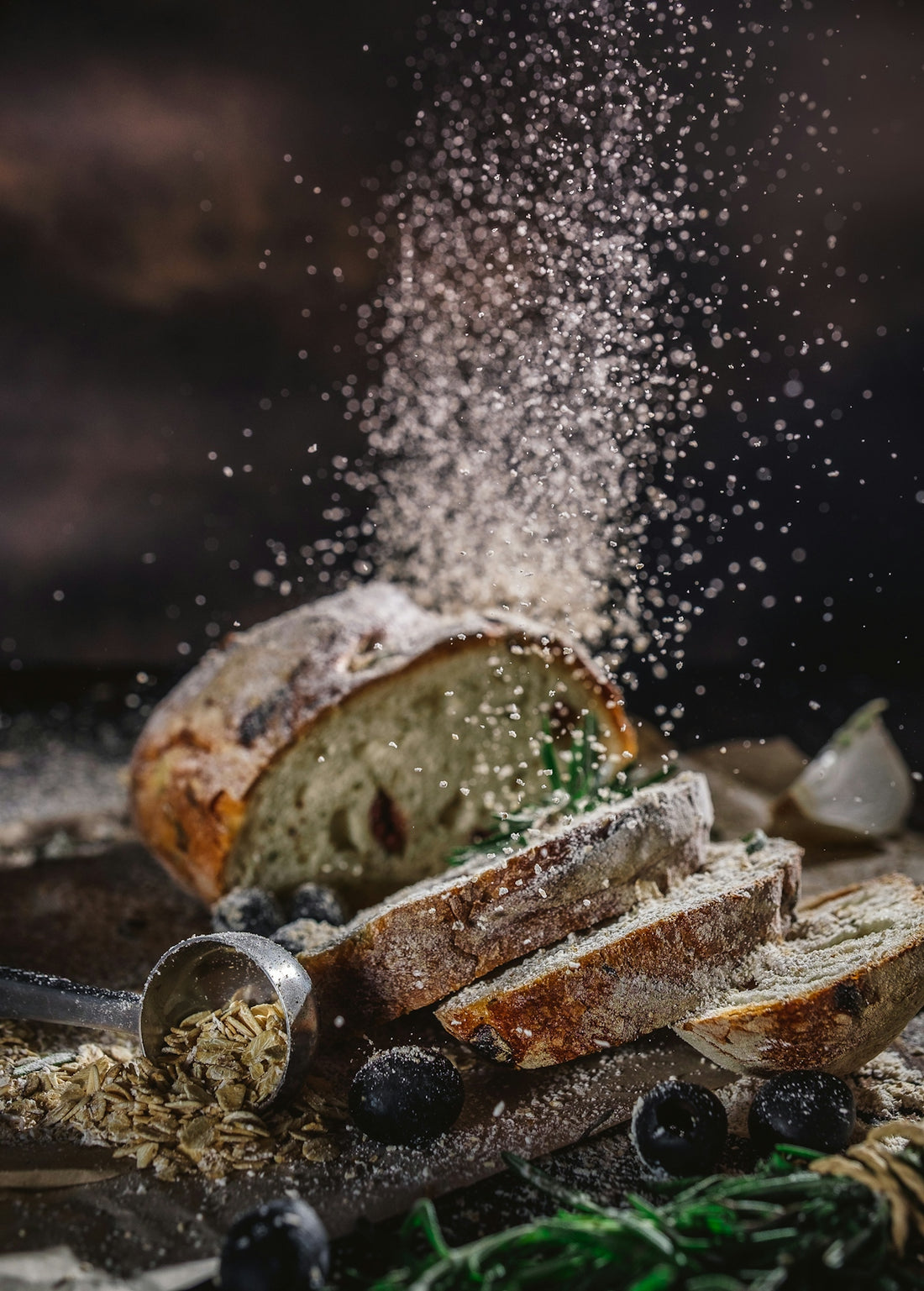
Troubleshooting Guide: Solving Sourdough Bread Recipe Challenges
Sourdough baking can be a truly rewarding pursuit, producing not only deliciously tangy loaves but also fulfilling the age-old tradition of fermenting wild yeast at home. However, sourdough bread baking isn't without its challenges. If you've been struggling with your sourdough starter, homemade sourdough or the finer points of sourdough fermentation, you're not alone. Let's tackle the common tribulations sourdough enthusiasts face, offering solutions and tips to enhance your artisan bread baking journey.
Understanding Your Sourdough Starter
A well-maintained sourdough starter is pivotal to achieving perfect bread. If you're facing problems with your starter, here's how to troubleshoot:
Sourdough Starter Troubleshooting
- Inactive or Weak Starter:
- Reason: Might be due to improper feeding or temperature inconsistencies.
- Solution: Implement a regular sourdough starter feeding schedule. Feed your starter with equal parts water and flour (by weight) every 12 hours until it's bubbly and vibrant.
- Liquid Layer on Top (Hooch):
- Reason: Indicates that your starter is hungry.
- Solution: Pour off the hooch before feeding and increase the frequency of feedings.
- Bad Smell:
- Reason: This could be because of contamination or improper feeding.
- Solution: Ensure you use clean utensils and fresh ingredients; refresh it by feeding it more frequently.
Learn more about how to feed sourdough starter and how to store your starter safely to prevent these issues.
Building a Strong Foundation
- Sourdough Starter vs Yeast: Understand that while sourdough relies on wild yeast fermentation, it requires patience and more maintenance than commercial yeast. The flavors are more complex with a longer shelf life when stored properly.
Troubleshooting Dough and Fermentation
Your dough requires just as much attention as your starter. Here’s how to troubleshoot concerns with sourdough fermentation:
Common Dough Issues
- Dough Not Rising:
- Reason: Often due to weak starter or low ambient fermentation temperature.
- Solution: Verify the vitality of your starter, and ensure that your dough is fermenting in a warm enough environment, ideally between 70°F and 75°F.
- Sticky Dough Handling:
- Solution: Flour your work surface and hands thoroughly. Utilize tools like the Danish Dough Whisk for mixing to avoid excessive dough sticking.
- Overproofed Dough:
- Solution: Bake immediately if noted; as a prevention measure, make sure to keep track of fermentation times and temperatures accurately.
Shaping, Scoring, and Baking
The final act involves shaping, scoring, and baking your dough. Here’s how to counter common issues:
Shaping and Scoring Challenges
- Improper Shaping:
- Solution: Practice sourdough baking tips on how to shape sourdough bread — ensure adequate tension when rolling your loaf.
- Scoring Techniques:
- Solution: Reliable scoring requires a sharp blade. Consider using our Lame Dough Scoring Knife for clean cuts.
Baking Concerns
- Dense Crumb:
- Reason: May be due to insufficient fermentation or poorly developed gluten.
- Solution: Extend bulk fermentation time and perform additional stretch and folds.
- Lack of Crispy Crust:
- Solution: Use steam in the oven for the initial bake — baking in a Dutch Oven can help achieve this effect.
- Uneven Bake:
- Solution: Bake on a Ceramic Pizza Stone for even heat distribution.
Advanced Considerations
Beyond Bread - Sourdough Variations
Experimenting beyond bread includes sourdough pizza dough or sourdough bagels. Optimize fermentation for these doughs too, and remember everything you’ve learned about care for your starter.
Sourdough for Health
- Benefits of Sourdough Fermentation: Long fermentation associated with sourdough can pre-digest the flour, often making it a better choice for people with certain dietary restrictions, such as diabetics.
- Organic Sourdough Starter: Using organic flour for your starter might benefit the fermentation process, reflecting on better flavors and healthier loaves.
Legacy and Storage
- Is a Sourdough Starter with a Long Legacy Better? While an older starter may have more developed flavors, a well-maintained younger starter can be equally effective.
- How to Store Sourdough Starter: For infrequent use, it's best to store in the fridge and feed weekly, building a feeding and maintenance schedule that suits your lifestyle.
Discard Uses
Lastly, utilize your sourdough discard in various recipes to reduce waste—think pancakes, waffles, or even desserts. Explore creative sourdough discard recipes for even more delicious opportunities.
Conclusion
Creating the perfect sourdough bread is a journey of patience and attentive care. While you will face challenges, understanding the nuances of sourdough fermentation, maintaining your starter, and fine-tuning your baking skills will lead you to success. Embrace the imperfections and keep experimenting with your sourdough life.
For more detailed guides and quality sourdough baking tools, visit Italian Sourdough.
Happy baking!
